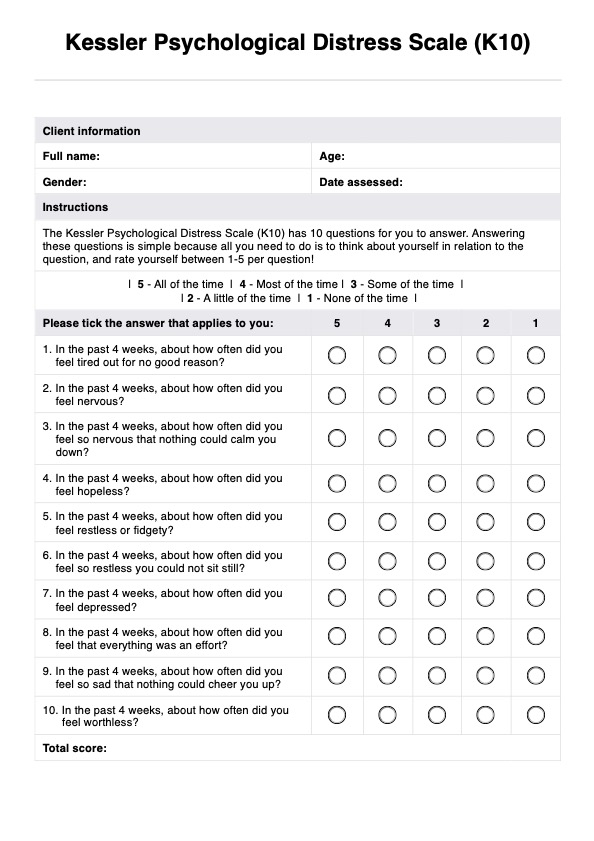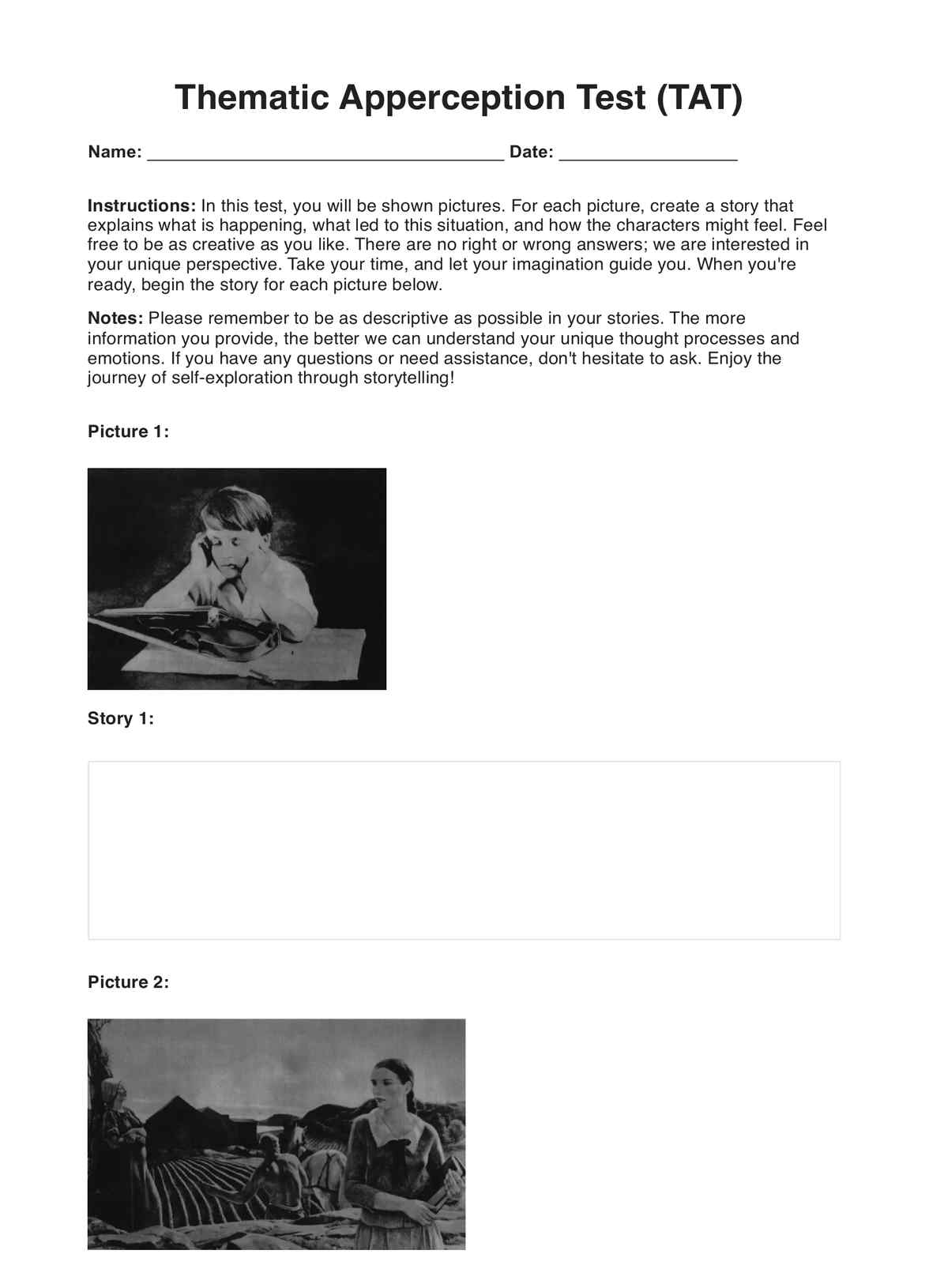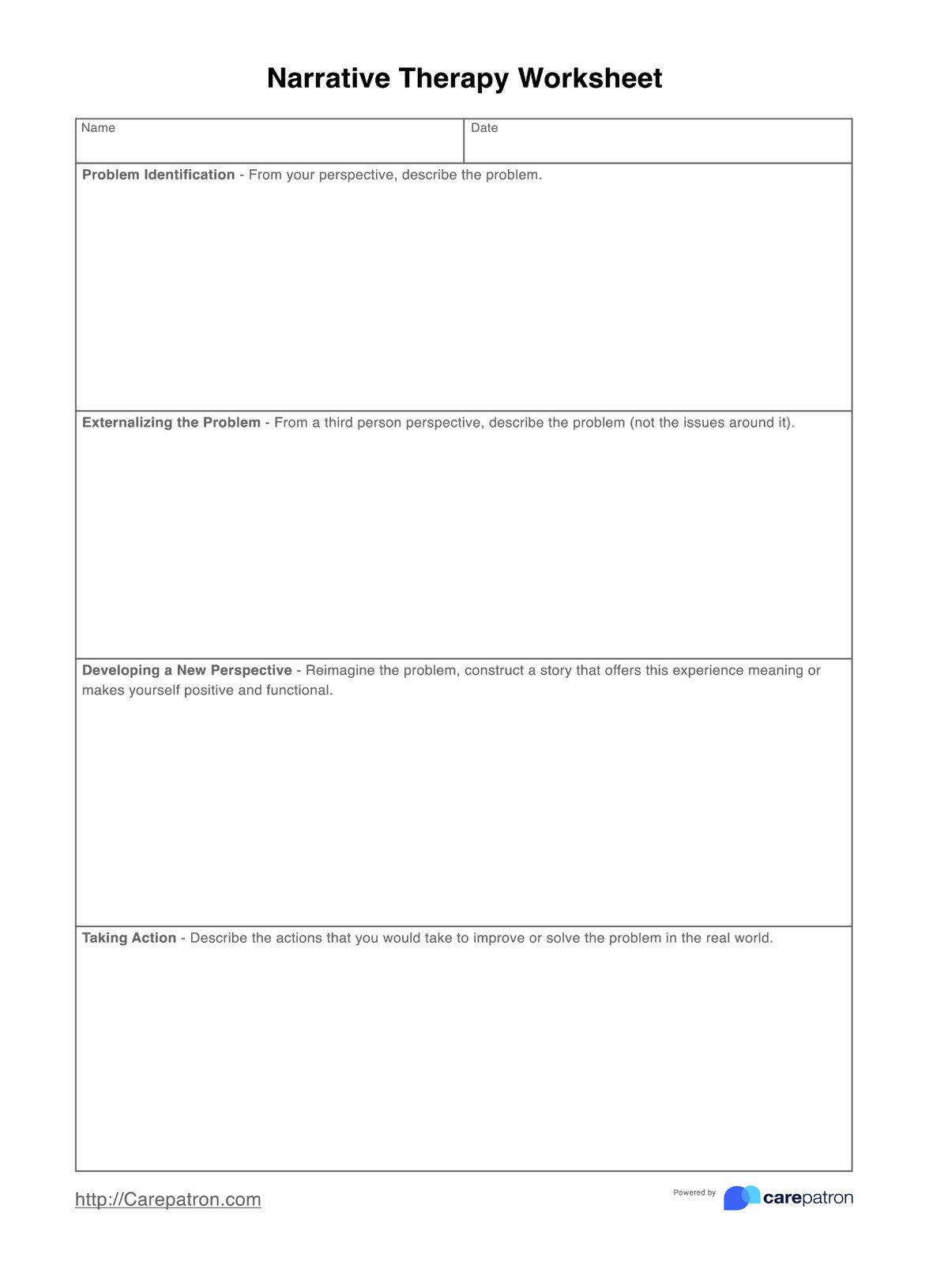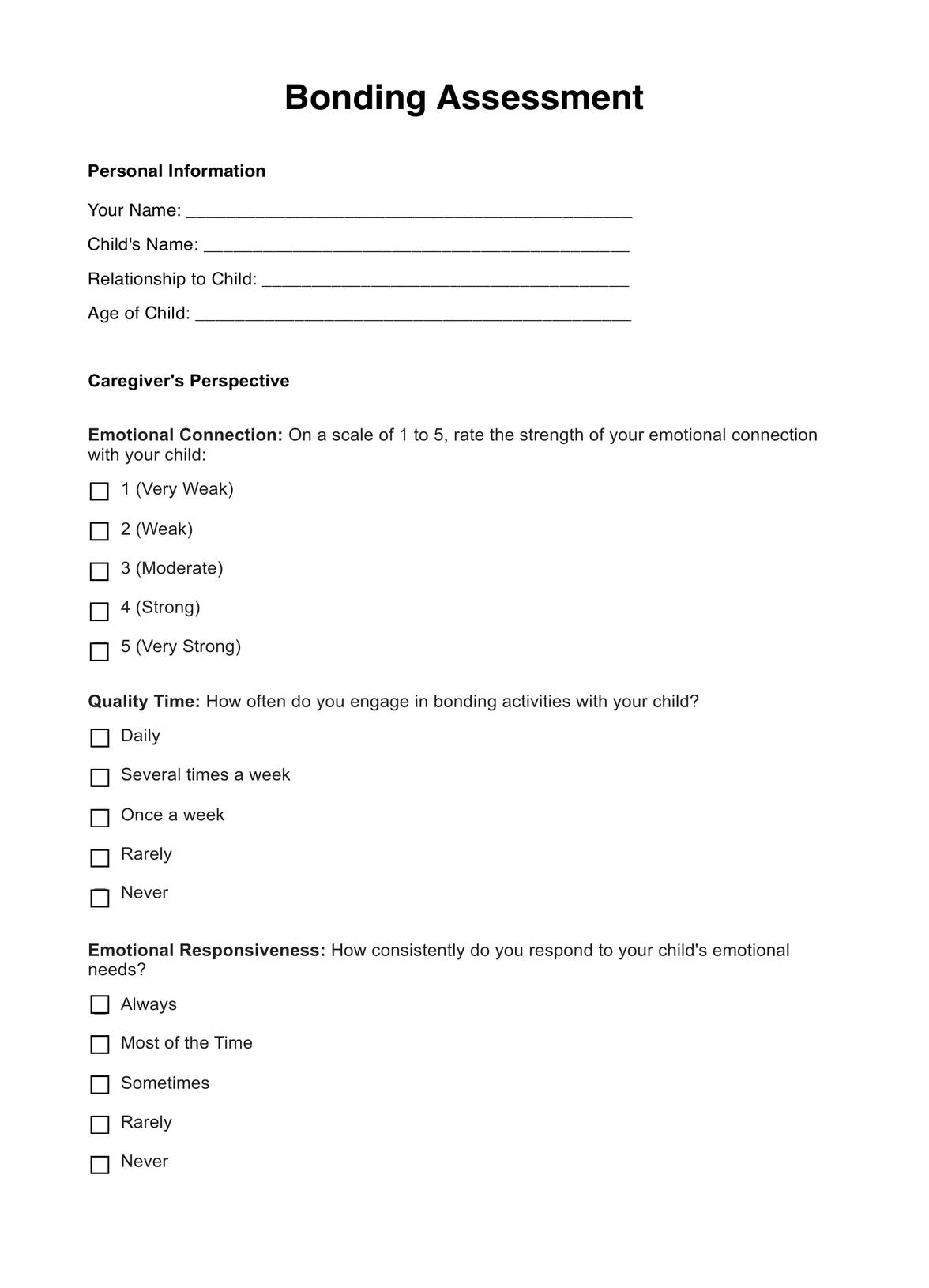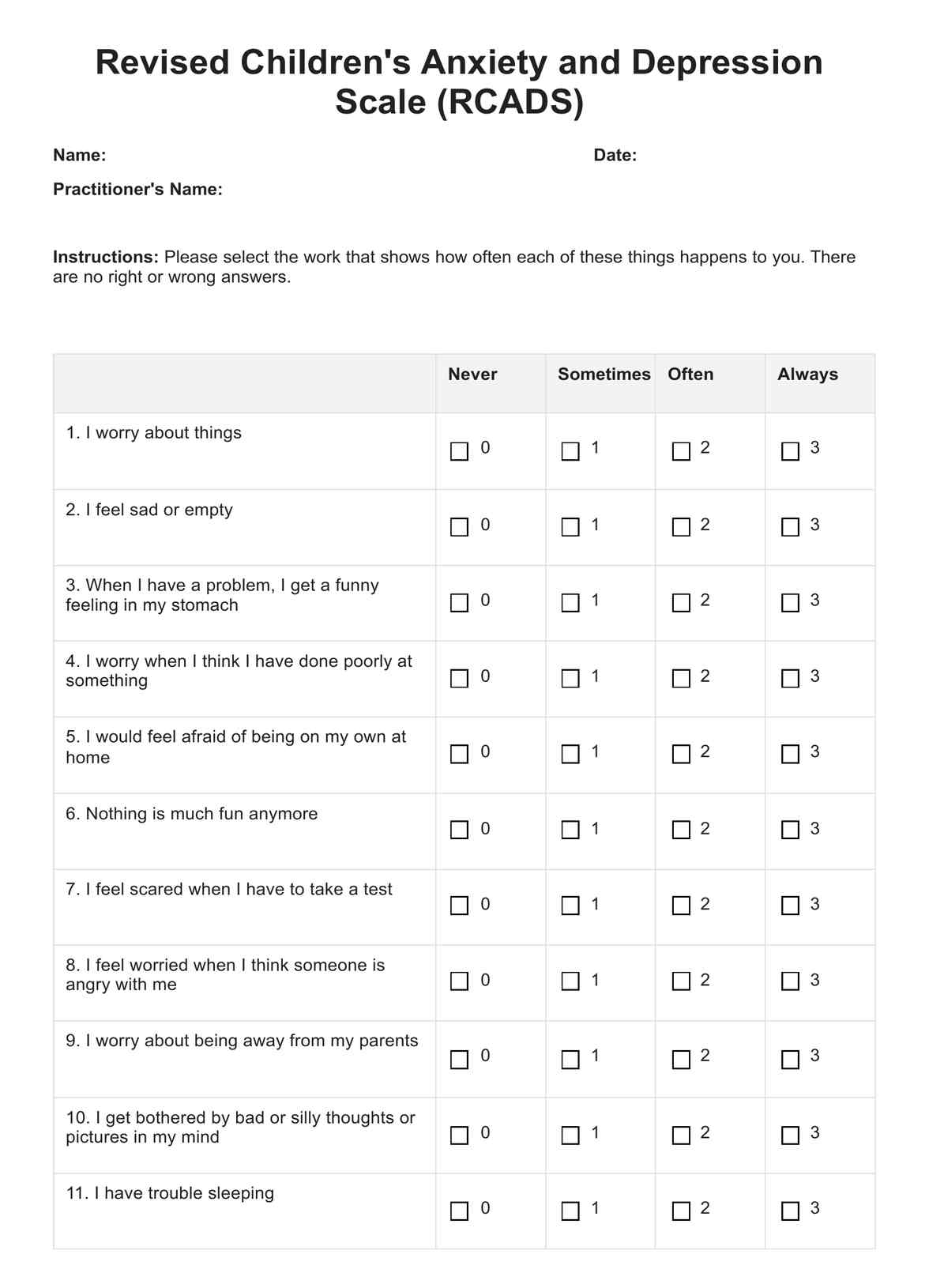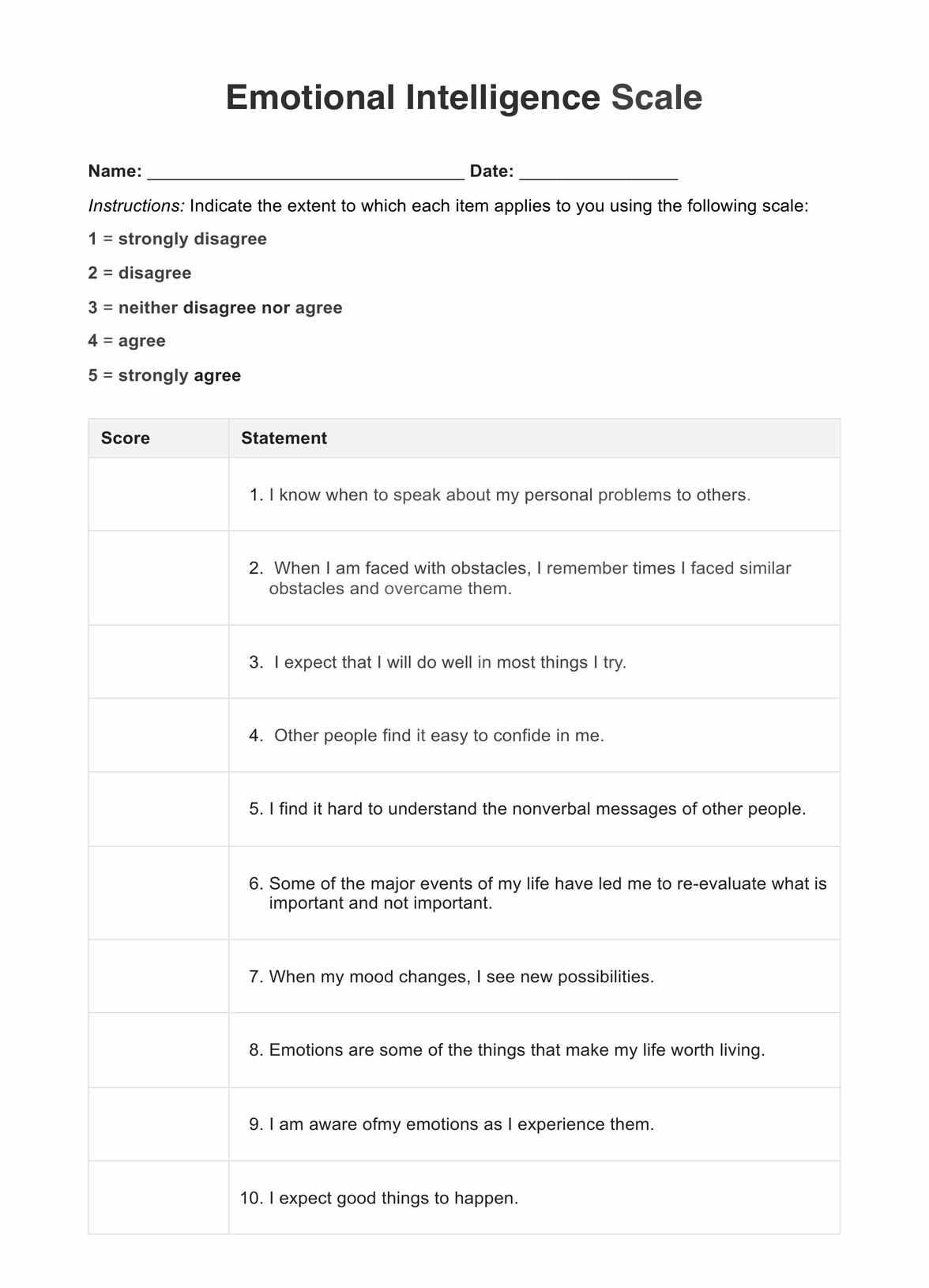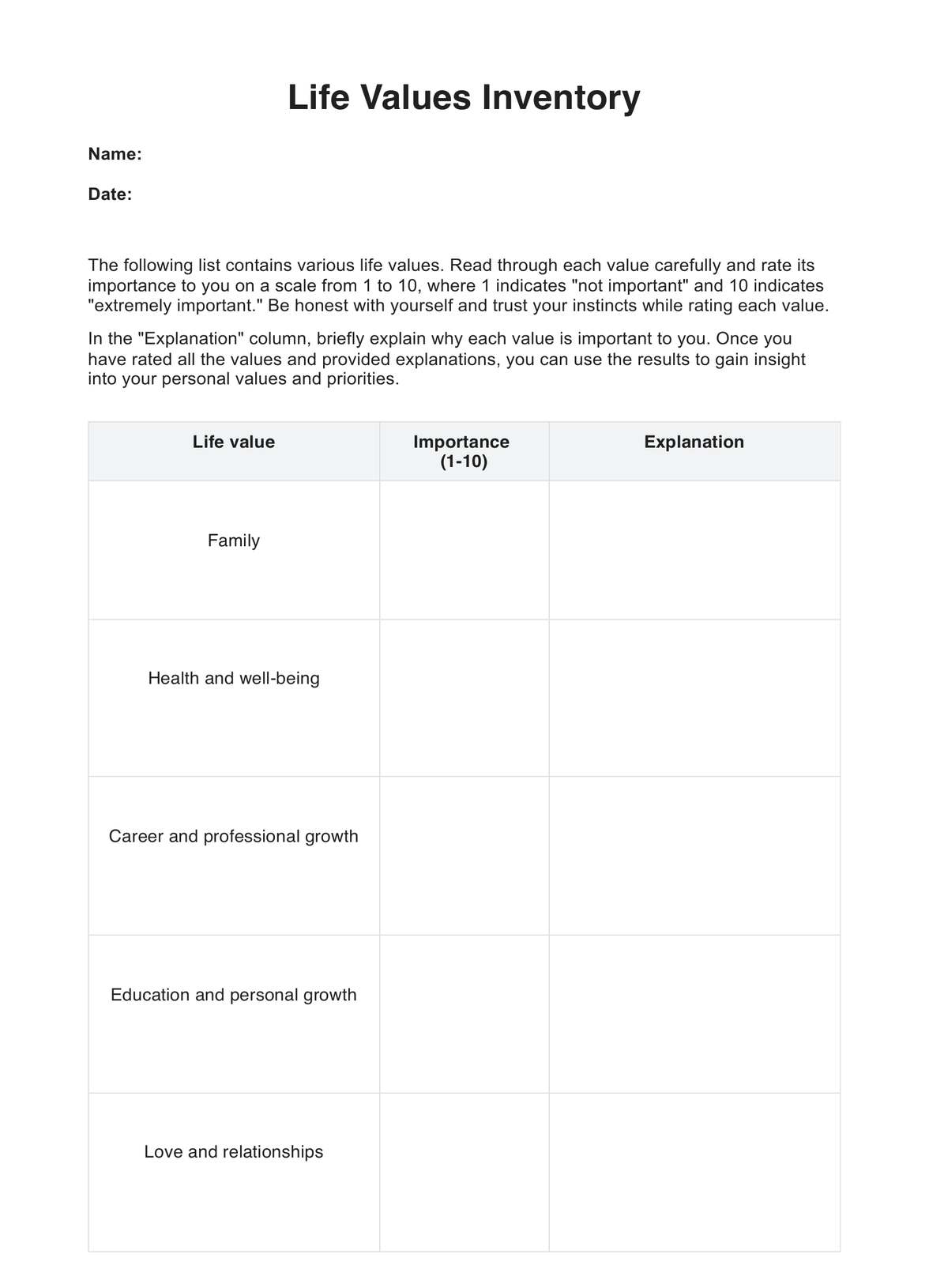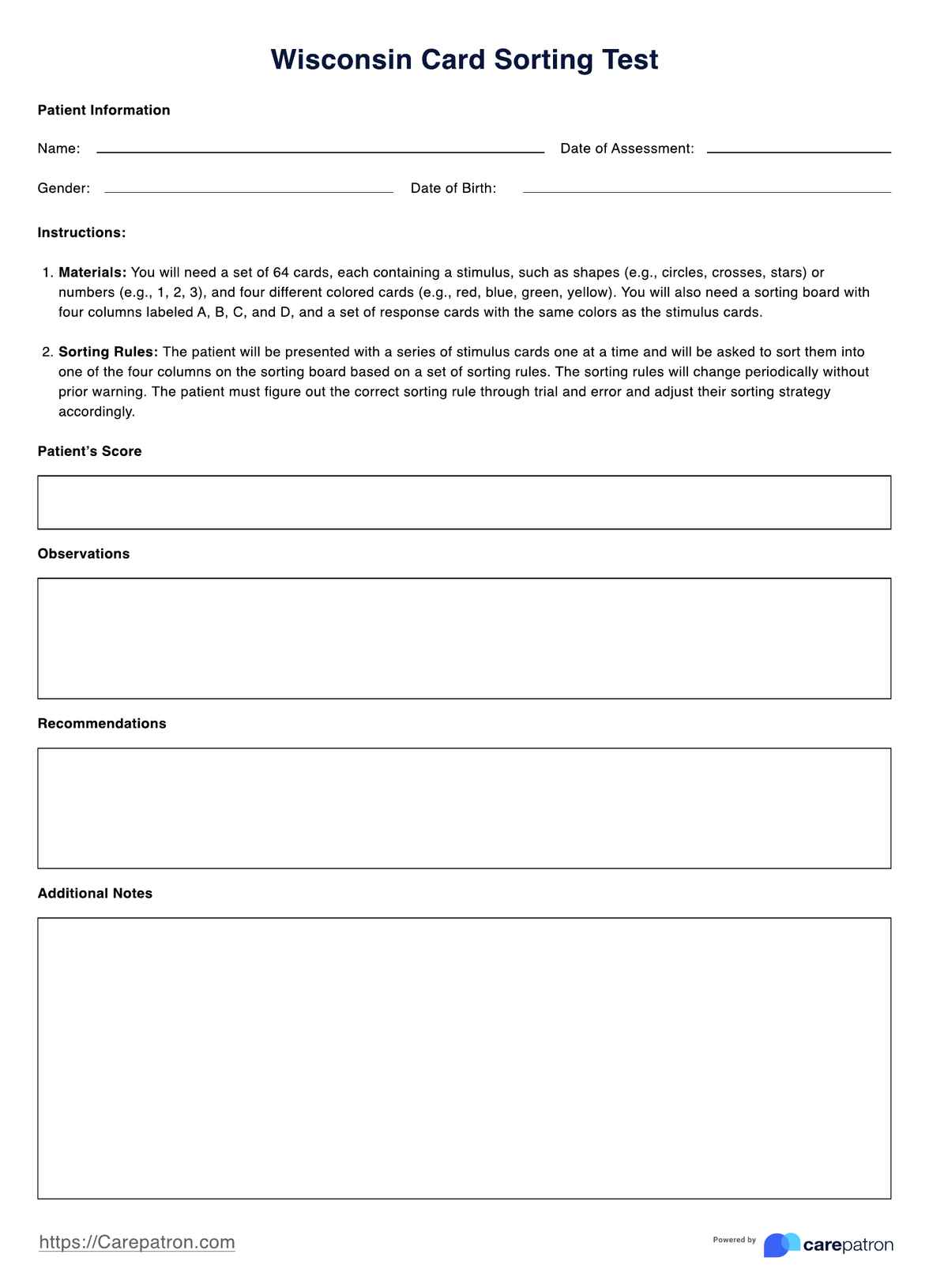Visualizing a Safe Place DBT Worksheet
Get access to a free Visualizing a Safe Place DBT Worksheet with Carepatron. Use the PDF template for your practice today!


What is Dialectical Behavior Therapy?
Dialectical Behavior Therapy (DBT) is a way to help people with strong emotions and impulsive actions. It mixes ideas from therapy and mindfulness. A psychologist named Marsha M. Linehan made it in the late 1980s, initially for those with a personality disorder.
At its core, is distinguished by its concentrated efforts to empower individuals with the necessary skills to effectively manage their emotions, cultivate healthier interpersonal relationships, and ultimately enhance their overall well-being. This therapeutic approach has proven particularly effective for individuals grappling with overwhelming and intense emotions, impulsive behaviors, and the challenges of regulating emotional responses.
As a therapeutic tool, DBT extends its benefits to individuals dealing with a range of conditions beyond BPD, including but not limited to self-harming behaviors, thoughts of suicide, substance use disorders, eating disorders, and various other emotional and behavioral challenges.
By nurturing emotional regulation skills, encouraging mindfulness practices, fostering interpersonal effectiveness, and promoting distress tolerance, DBT equips individuals with a holistic toolkit to navigate the complexities of their lives.
Visualizing a Safe Place DBT Worksheet Template
Visualizing a Safe Place DBT Worksheet Example
How to use the Visualizing a Safe Place DBT Worksheet:
The Visualizing a Safe Place DBT Worksheet is valuable for facilitating emotional regulation and fostering a sense of security. Employ the following guidelines to integrate this worksheet into your practice effectively:
Step 1 - Establishing an Optimal Setting
Encourage your client to select a quiet and conducive environment that promotes concentration and relaxation.
Step 2 - Identifying and Labeling Emotions
Guide your client to thoroughly explore their current emotional state, encouraging them to precisely identify and articulate their feelings.
Step 3 - Tracing Emotional Triggers and Analyzing Responses
Assist your client in identifying the triggers that elicited their emotions and prompt them to dissect their initial reactions to these triggers.
Step 4 - Analyzing Cognitive Patterns and Challenging Distortions
Guide your client in dissecting the thought processes linked to the triggers, emphasizing the identification and challenge of any cognitive distortions present.
Step 5 - Integrating Effective Emotion Regulation Techniques
Support your client in applying established DBT techniques, such as mindfulness practices or grounding exercises, to navigate and manage their emotions effectively.
Step 6 - Envisioning Desired Emotional Outcomes
Conclude the process by assisting your client in outlining the desired emotional outcome they aspire to achieve. Collaboratively strategize how to implement these solutions in analogous scenarios.
When would you use this Visualizing a Safe Place DBT Worksheet?
Here are some instances where the Visualizing a Safe Place DBT Worksheet proves particularly useful:
Strengthening Emotional Resilience
The worksheet can benefit individuals who aim to fortify their emotional resilience and enhance their capacity to manage overwhelming feelings. By engaging in its systematic process, they can develop the skills to confront and regulate emotions constructively.
Therapeutic Integration
Therapists, counselors, and mental health practitioners proficient in Dialectical Behavior Therapy can seamlessly incorporate the worksheet into their sessions. It becomes a valuable tool to guide clients in exploring and addressing their emotional responses, ultimately contributing to therapeutic progress.
Clinical Settings
Healthcare professionals working in clinical environments, where emotional well-being is a significant focus, can introduce the worksheet to patients. It allows individuals to delve into their emotions, understand triggers, and develop strategies to manage reactions.
Anxiety and Stress Management
The worksheet can be particularly beneficial for individuals grappling with anxiety and stress. Users can practice relaxation techniques by visualizing a safe place and learning to ground themselves during heightened tension.
What are the benefits of using this Visualizing a Safe Place DBT Worksheet?
Enhanced Self-Exploration
Utilizing our Free Visualizing a Safe Place DBT Worksheet initiates a transformative journey of self-discovery. It encourages individuals to delve into their emotional world and triggers, fostering a deeper understanding of their internal landscape. This heightened self-awareness empowers individuals to identify recurring patterns, comprehend the origins of their emotions, and gain a clearer insight into their inner workings.
Refined Emotion Management
The Visualizing a Safe Place DBT Worksheet is a strategic guide for skillfully navigating emotions. Individuals can cultivate a sophisticated toolkit for managing their emotions by meticulously analyzing reactions to triggers. By integrating established DBT techniques, users can precisely regulate their emotions, resulting in more measured and composed responses to challenging situations.
Cognitive Reframing for Clarity
The worksheet emphasizes the cognitive aspects of emotional well-being. It prompts individuals to identify and challenge distorted thoughts contributing to emotional distress. Individuals create a foundation for healthier thought processes by recognizing and reframing these cognitive distortions. This mental clarity facilitates more rational, balanced, and productive emotional responses.
For more valuable resources that can elevate your practice and client satisfaction, consider the dialectical behavior therapy template, cognitive distortions template, and relaxation techniques template.
Commonly asked questions
The time to complete the worksheet varies, but it generally ranges from 15 to 30 minutes, allowing individuals to engage with each step thoroughly.
The worksheet aids individuals in managing intense emotions, enhancing self-awareness, and developing effective coping strategies by guiding them through a structured process.
The worksheet is best used when individuals experience heightened emotions, impulsive reactions, or the need for emotional regulation techniques.
Anyone seeking to understand and manage their emotions more effectively can benefit from the worksheet, including individuals in therapy, those working on emotional well-being, and practitioners guiding clients through emotional exploration.


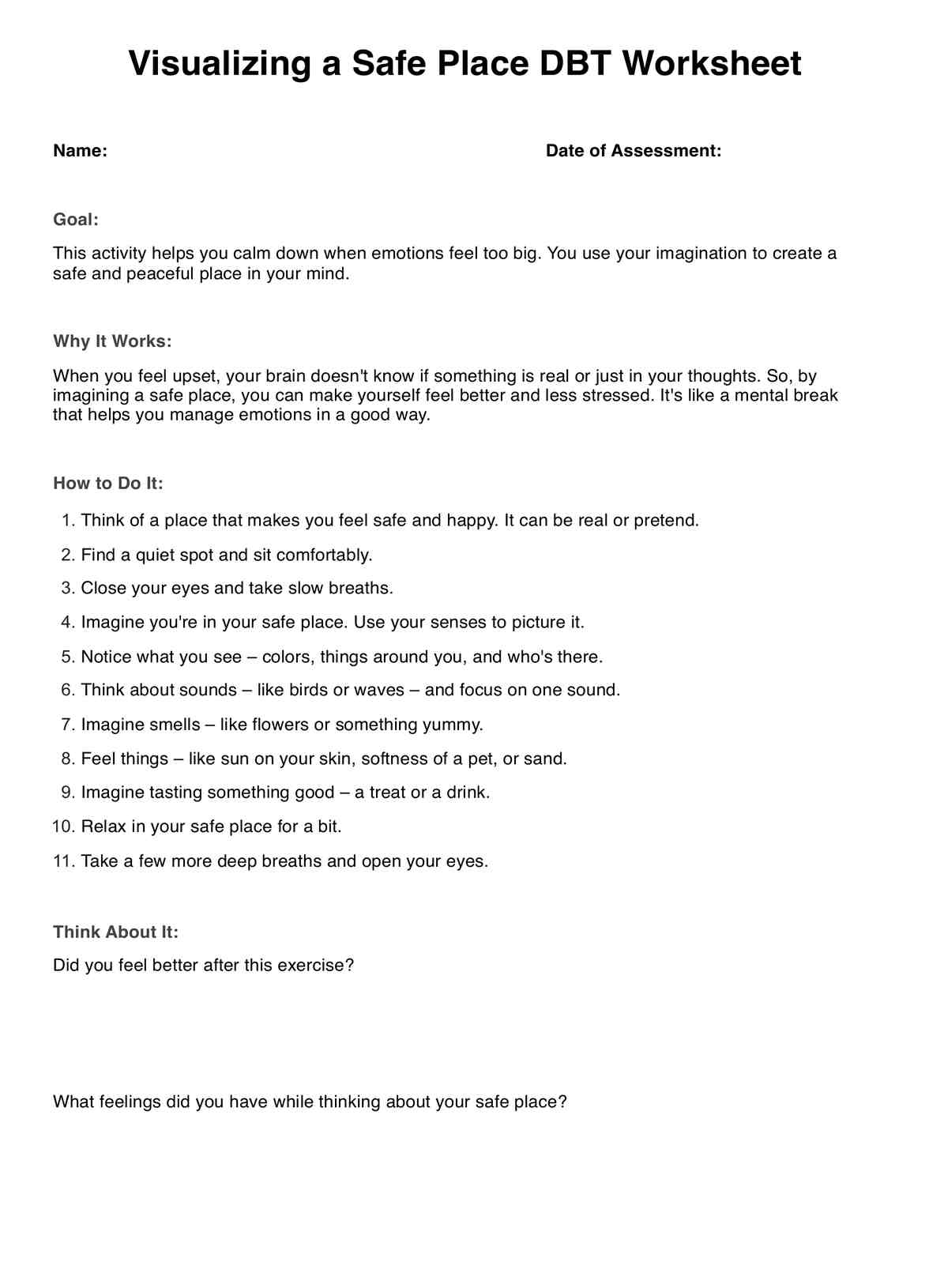
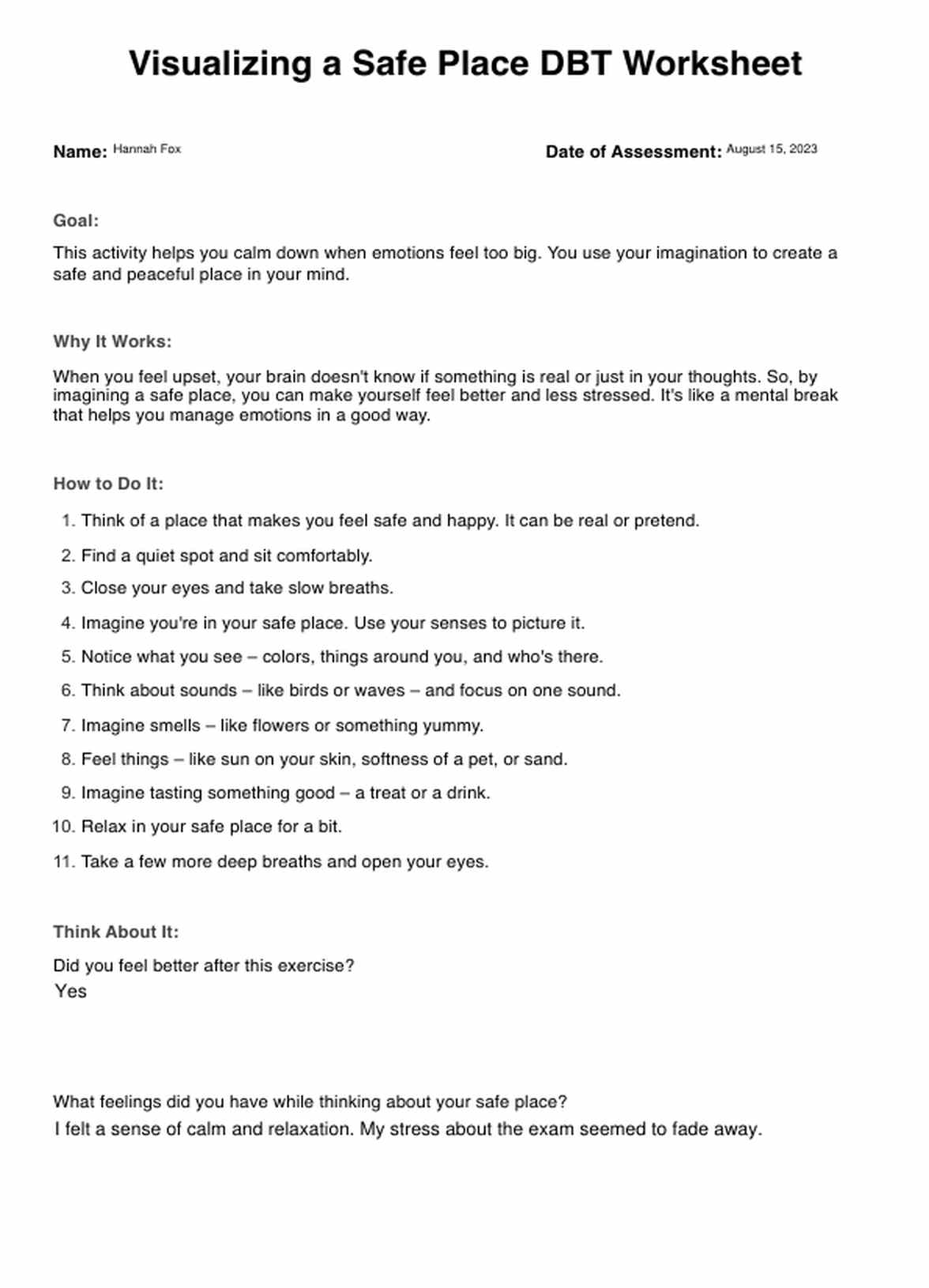

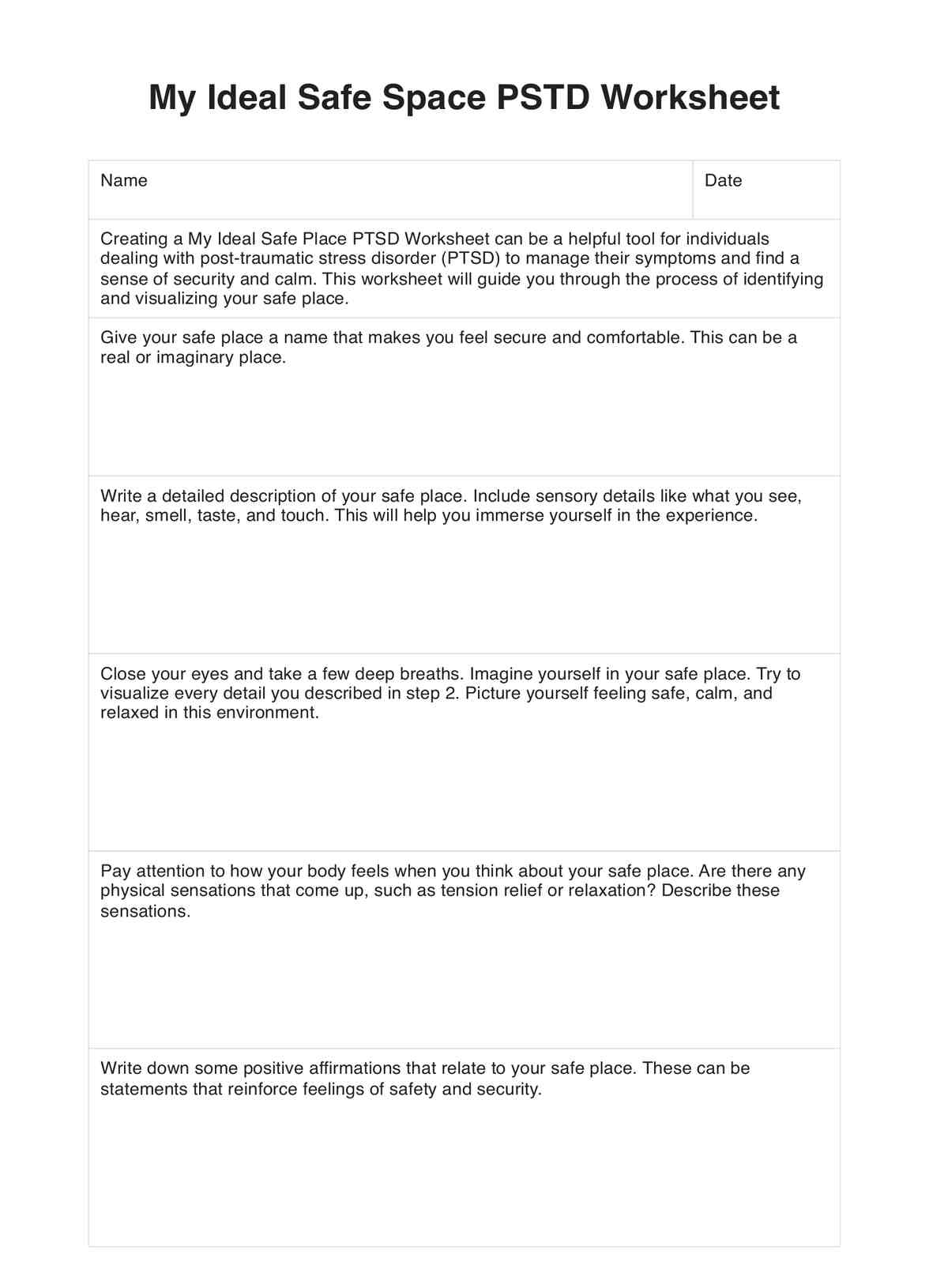














-template.jpg)





















































































